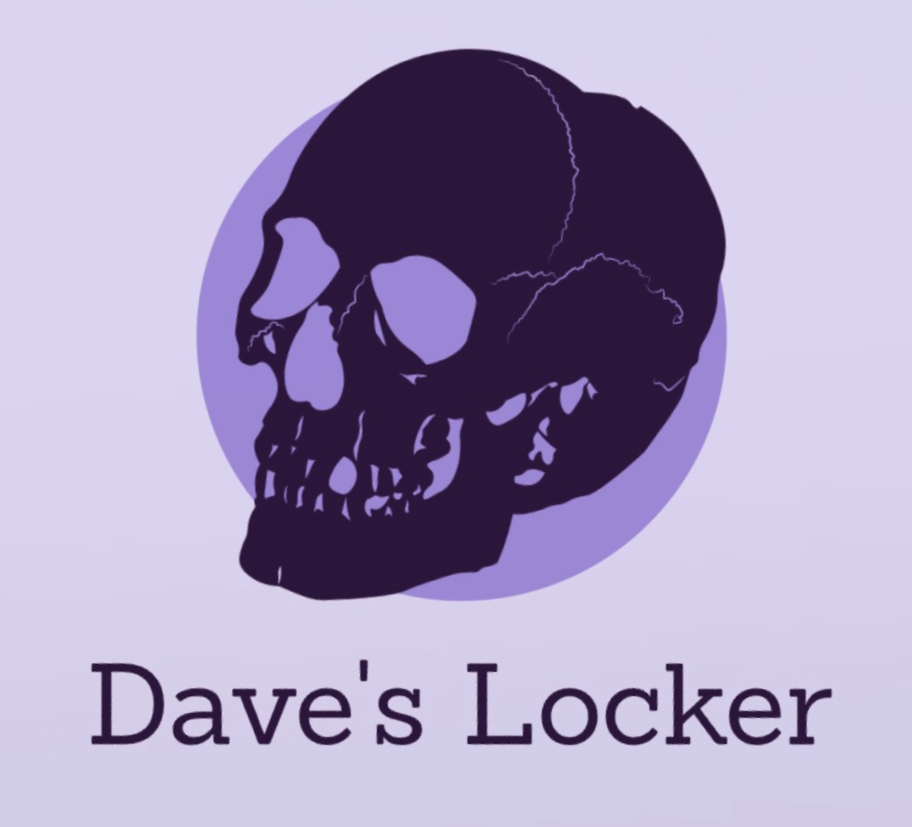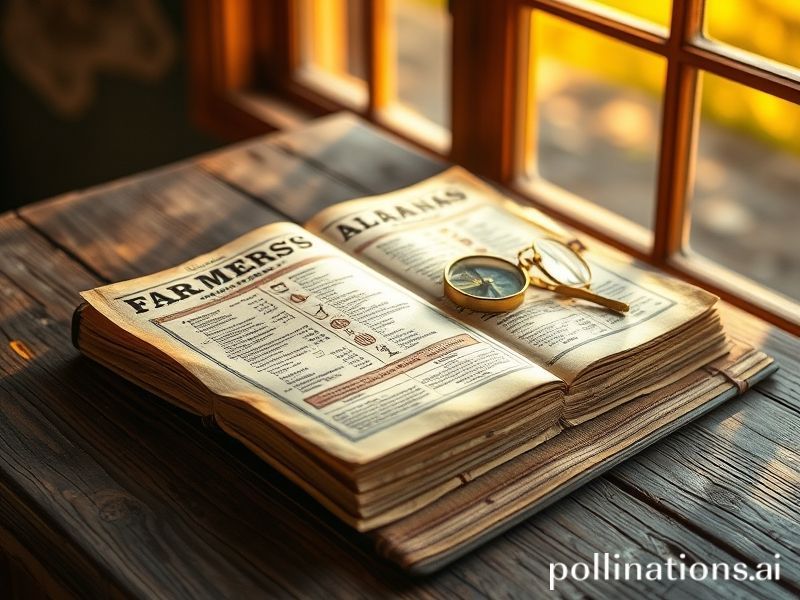Farmers’ Almanac Weather: Why the Old-School Forecast is Trending in the Digital Age
# **Farmers’ Almanac Weather: Why the Old-School Forecast is Trending in the Digital Age**
In an era where weather apps update every five minutes and AI predicts storms with eerie accuracy, why is the Farmers’ Almanac suddenly trending? This isn’t just nostalgia for grandma’s wall calendar—it’s a full-blown cultural resurgence. The Farmers’ Almanac, a 200-year-old publication that still relies on a “secret formula” and celestial observations, has become the unexpected darling of the internet. But why? Let’s break it down.
### **The Cultural Context: When Old Meets New**
The Farmers’ Almanac has been around since 1818, long before smartphones, satellites, or even the concept of “weather apps.” It’s a relic of a time when farmers relied on lunar cycles, animal behavior, and folklore to predict the weather. Fast forward to 2023, and suddenly, people are obsessed with its predictions—especially when they seem eerily accurate.
Part of its appeal lies in its mystique. The Almanac claims its forecasts are based on a “secret formula” that dates back to George Washington’s time. While modern meteorologists scoff at its methods, the Almanac’s charm is in its defiance of modern technology. In a world where algorithms dictate everything from our news feeds to our dating lives, there’s something refreshingly analog about trusting a 200-year-old book over a supercomputer.
### **The Social Impact: Meme-Worthy and Viral**
The internet loves a good underdog, and the Farmers’ Almanac is the ultimate weather underdog. Social media has turned its predictions into memes, with users comparing its forecasts to those of the National Weather Service. When the Almanac predicted a “super cold” winter in 2022, it became a viral sensation, sparking debates, jokes, and even bets among friends.
But beyond the memes, the Almanac’s resurgence speaks to a broader cultural trend: a longing for simplicity and predictability. In a world where climate change makes weather patterns increasingly erratic, the Almanac offers a sense of stability. It’s like the weather equivalent of astrology—people know it’s not “science,” but they enjoy the ritual of checking it anyway.
### **Why It Matters: More Than Just a Trend**
At its core, the Farmers’ Almanac trend is about more than just weather predictions. It’s a reflection of our relationship with technology, tradition, and the natural world. In an age where we’re bombarded with data and algorithms, there’s something comforting about a forecast that doesn’t rely on satellites or supercomputers.
The Almanac also taps into the growing interest in sustainability and self-sufficiency. As more people turn to gardening, homesteading, and off-grid living, the Almanac’s advice on planting cycles and animal behavior feels relevant again. It’s a bridge between the past and the present, offering wisdom that feels timeless.
### **The Bottom Line**
The Farmers’ Almanac isn’t just trending—it’s a cultural phenomenon. It’s a reminder that sometimes, the old ways have a charm that modern technology can’t replicate. Whether you’re a skeptic or a believer, there’s something undeniably fascinating about a 200-year-old book that still manages to captivate the internet.
So, the next time you’re checking your weather app, maybe give the Farmers’ Almanac a glance. You never know—it might just surprise you.







